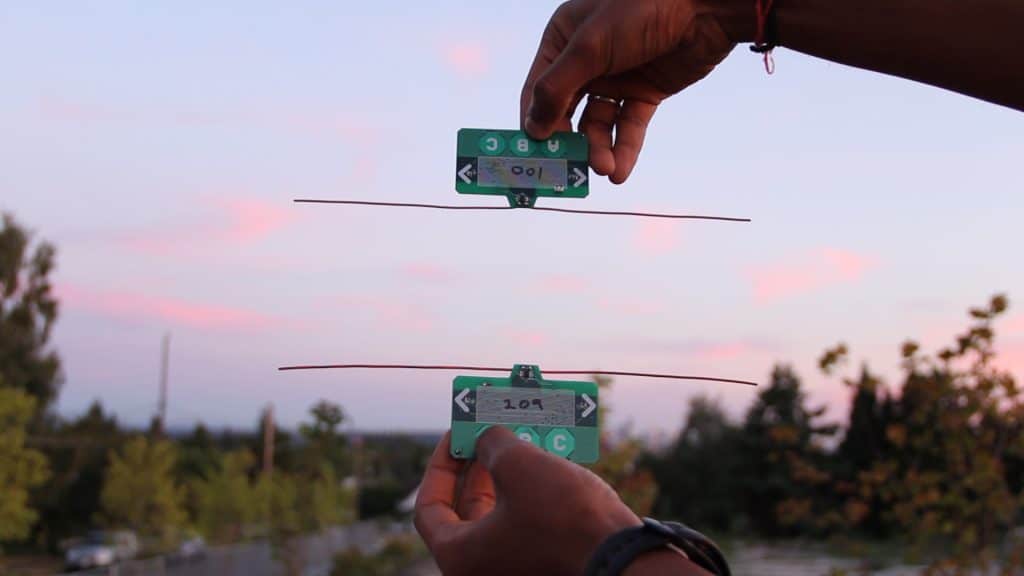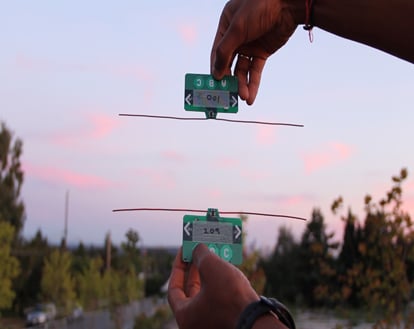Engineers at the University of Washington have created a new communication system that takes advantage of wireless signals to power electronic devices without relying on batteries or wires.
Known as ambient backscatter, the technique enables battery-less devices to exchange information with each other by repurposing existing Wi-Fi, mobile and television signals to act as both a power source and communication medium. The team demonstrates in a video how the technology could be used to facilitate a money transfer through an interaction between two circuit boards equipped with a single antenna each and lacking any batteries.
“Our devices form a network out of thin air,” study co-author Joshua Smith, an associate professor of computer science and engineering and of electrical engineering, said. “You can reflect these signals slightly to create a Morse code of communication between battery-free devices.”

As part of the research project, the circuit boards were tested at different points around the Seattle, Wash. area, in locations ranging from less than half a mile away from a TV tower to about 6.5 miles away. A variety of different locations were used, including the inside of an apartment building, a street corner and the top level of a parking garage. The researchers found that the devices were able to communicate with each other at all locations tested, including the ones farthest from the TV tower. According to test results released by the team, the receiving devices picked up a signal from their transmitting counterparts at a rate of 1 kilobit per second when placed up to 2.5 feet apart outdoors and 1.5 feet apart indoors—a rate the team says is high enough to send information such as sensor readings, text messages and contact information.
“[This technology] is hopefully going to have applications in a number of areas, including wearable computing, smart homes and self-sustaining sensor networks,” lead researcher and study co-author Shyam Gollakota, a University of Washington assistant professor of computer science and engineering, said. Combined with smart sensors placed permanently inside a bridge or building, the technology could also be used to monitor structural integrity and send alerts if a problem is detected. The technology could also be incorporated into devices that rely on batteries, such as smartphones, so the device can still send and receive text messages—even when the battery dies—using power from a Wi-Fi or TV signal.
The results of the study were published at the Association for Computing Machinery’s Special Interest Group on Data Communication 2013 conference, which took place earlier this month in Hong Kong. Gollakota, Smith and their colleagues received the conference’s best-paper award for their research. The team plans to continue with further work aimed at increasing the capacity and range of their ambient backscatter communication network.





